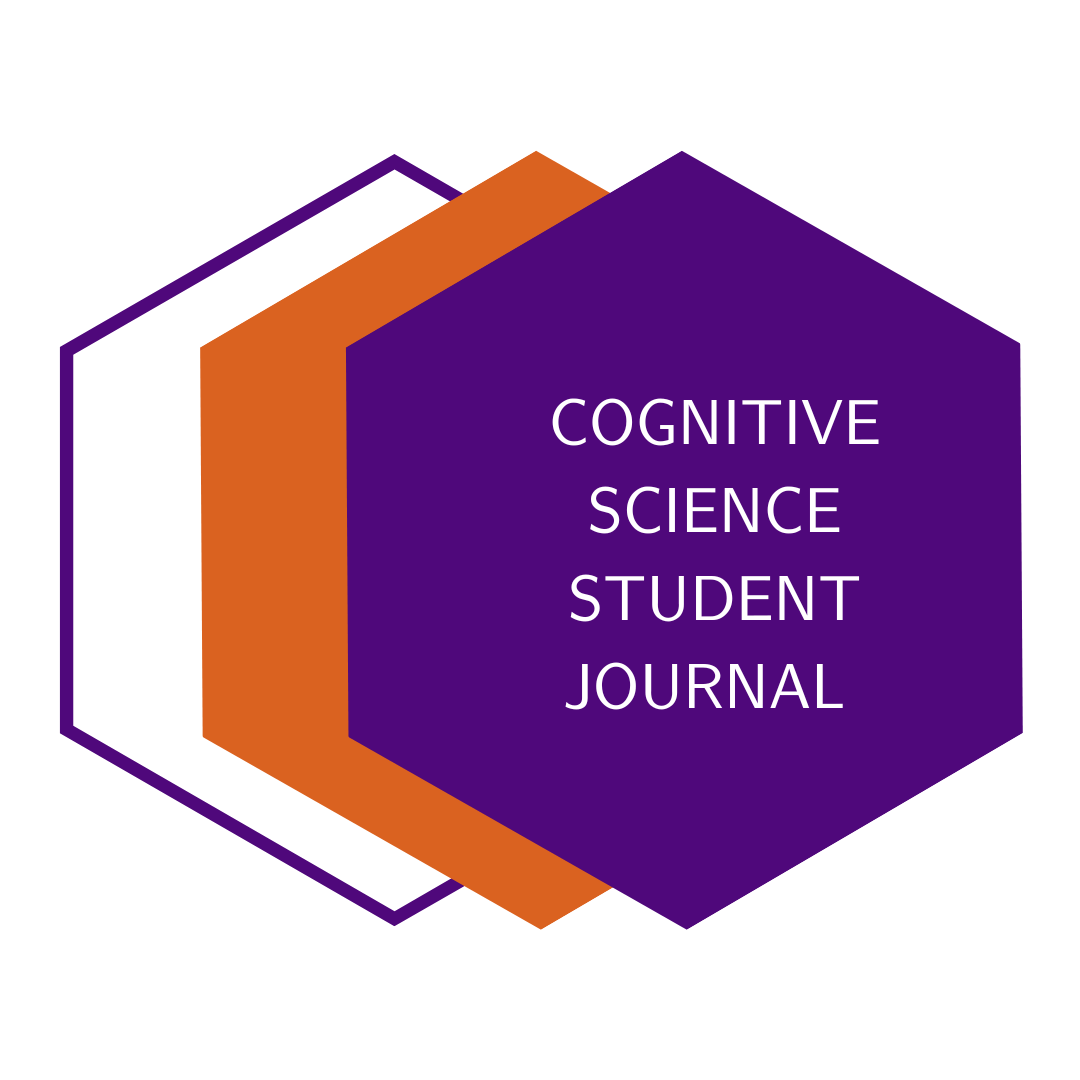
We had the pleasure to talk to Ibrahim Muhip Tezcan about autism.
We discuss autistic traits, what neurodiversity and neurotypical means and neuronal differences in autistic people.
Muhib tells us more about problems people with autism might face in everyday life, quiet hours in the supermarket and some advantages.
Mentioned / Recommended literature:
Paper:
Pellicano, E., & Burr, D. (2012). When the world becomes ‘too real’: a Bayesian explanation of autistic perception. Trends in cognitive sciences, 16(10), 504-510.
Baron‐Cohen, S. (2017). Editorial Perspective: Neurodiversity–a revolutionary concept for autism and psychiatry. Journal of Child Psychology and Psychiatry, 58(6), 744-747.
Farmer, G. D., Baron-Cohen, S., & Skylark, W. J. (2017). People with autism spectrum conditions make more consistent decisions. Psychological science, 28(8), 1067-1076.
Hu, Y., Pereira, A. M., Gao, X., Campos, B. M., Derrington, E., Corgnet, B., … & Dreher, J. C. (2021). Right temporoparietal junction underlies avoidance of moral transgression in autism spectrum disorder. Journal of Neuroscience, 41(8), 1699-1715.
Tezcan I. M. (2024). Autism Beyond Deficits: Embracing Neurodiversity in Research. https://cogsci-journal.uni-osnabrueck.de/psychology/autism-beyond-deficits-embracing-neurodiversity-in-research/
Books:
Silberman, S. (2017). Neurotribes: The legacy of autism and how to think smarter about people who think differently. Atlantic Books.
Grandin, T., & Panek, R. (2013). The autistic brain: Thinking across the spectrum. Houghton Mifflin Harcourt.
Credits:
Produced by: Sophie Kühne and Alina Ohnesorge
Logo by: Annika Richter
Music by: Jan-Luca Schröder
